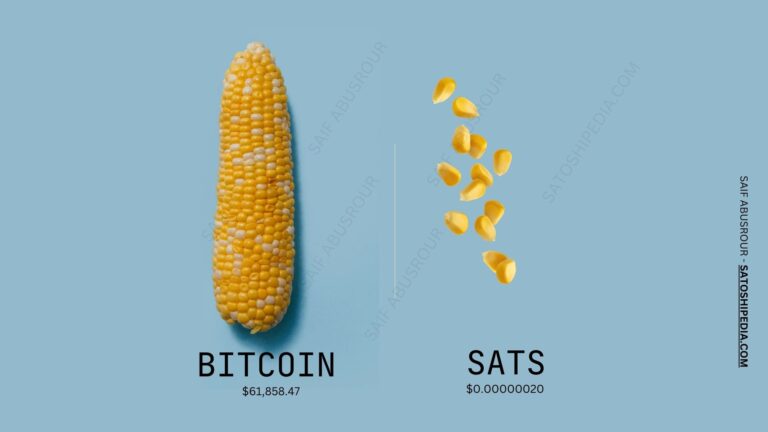Bitcoin just celebrated the 12th anniversary of its first halving event, a momentous occasion for the cryptocurrency world. Let’s break it down and understand what this means, why it’s crucial for the future of Bitcoin, and why you should care about it.
What is Bitcoin Halving?
Bitcoin halving is a process that reduces the rewards miners get for verifying transactions on the Bitcoin network. In simpler terms, miners play a key role in maintaining the Bitcoin blockchain by solving complex math problems and adding transactions to the ledger. In return, they receive newly minted Bitcoin as a reward, known as block rewards.
The first halving took place 12 years ago in 2012. At that time, miners were getting 50 BTC for every block they mined. After the halving, this reward was reduced to 25 BTC, then to 12.5 BTC, and most recently, to 3.125 BTC. These halving events are scheduled approximately every four years and will continue until the maximum supply of Bitcoin (21 million) is mined.
The Impact of Bitcoin’s Limited Supply
Bitcoin’s total supply is capped at 21 million coins. This is what makes Bitcoin a unique asset — it’s designed to be scarce, unlike traditional currencies that can be printed endlessly by governments. Today, there are 19.8 million BTC in circulation, with just 1.2 million BTC left to mine. The scarcity of Bitcoin, paired with the halving process, means that the supply of new Bitcoin entering the market slows down, potentially increasing its value over time.
This is especially significant because as fewer new coins are mined, the difficulty of mining increases. Currently, Bitcoin’s mining difficulty rate has surpassed 100 trillion, and it continues to rise. This means miners must invest more in equipment and energy to mine Bitcoin, which could affect their profitability.
Why Does This Matter?
- Price Potential: Bitcoin’s price is influenced by its scarcity. As halving events occur and fewer new coins are created, the existing Bitcoin becomes more valuable — especially when demand for Bitcoin increases, like we’re seeing now. Bitcoin’s price has surged 154% in the past year, and it’s currently trading near $95,364, close to its all-time high. This price increase is partially driven by the latest halving in April 2024, which reduced the miner rewards even further.
- Mining Challenges: Bitcoin mining isn’t as easy as it once was. Miners are dealing with higher costs and tougher competition. As the reward shrinks, they need to optimize their operations or face the risk of going out of business. Some mining companies are even turning to innovative solutions, like using geothermal volcanic energy in El Salvador, to stay competitive.
- Market Dynamics: The price rise and mining difficulty are interconnected. While mining becomes harder, miners are still incentivized by the price increases, and that’s what’s driving more mining investment. At the same time, many are trying to adapt by reducing costs and even leveraging artificial intelligence to stay ahead.
Key Terms to Remember:
- Halving: A process that reduces the rewards miners receive, happening every four years.
- Scarcity: Bitcoin’s supply is limited to 21 million, making it a deflationary asset.
- Mining Difficulty: The level of complexity miners face to solve Bitcoin’s cryptographic puzzles.
- Block Reward: The Bitcoin given to miners for verifying transactions.
- Market Impact: Scarcity and increasing difficulty usually lead to higher prices, assuming demand continues to rise.
Why Should You Care?
Understanding Bitcoin halving is key to predicting its price movements and the future of cryptocurrency. As more miners compete for fewer rewards, the dynamics of Bitcoin’s market will evolve. If you’re looking to invest, track Bitcoin’s halvings and mining trends, as these will likely be major factors driving its price and stability.
In short, Bitcoin’s halving event isn’t just a technical detail; it’s the heart of its value proposition. It’s a system designed for scarcity, and scarcity drives demand. This is why Bitcoin continues to rise in value and why it’s been a game-changer in the world of finance.


